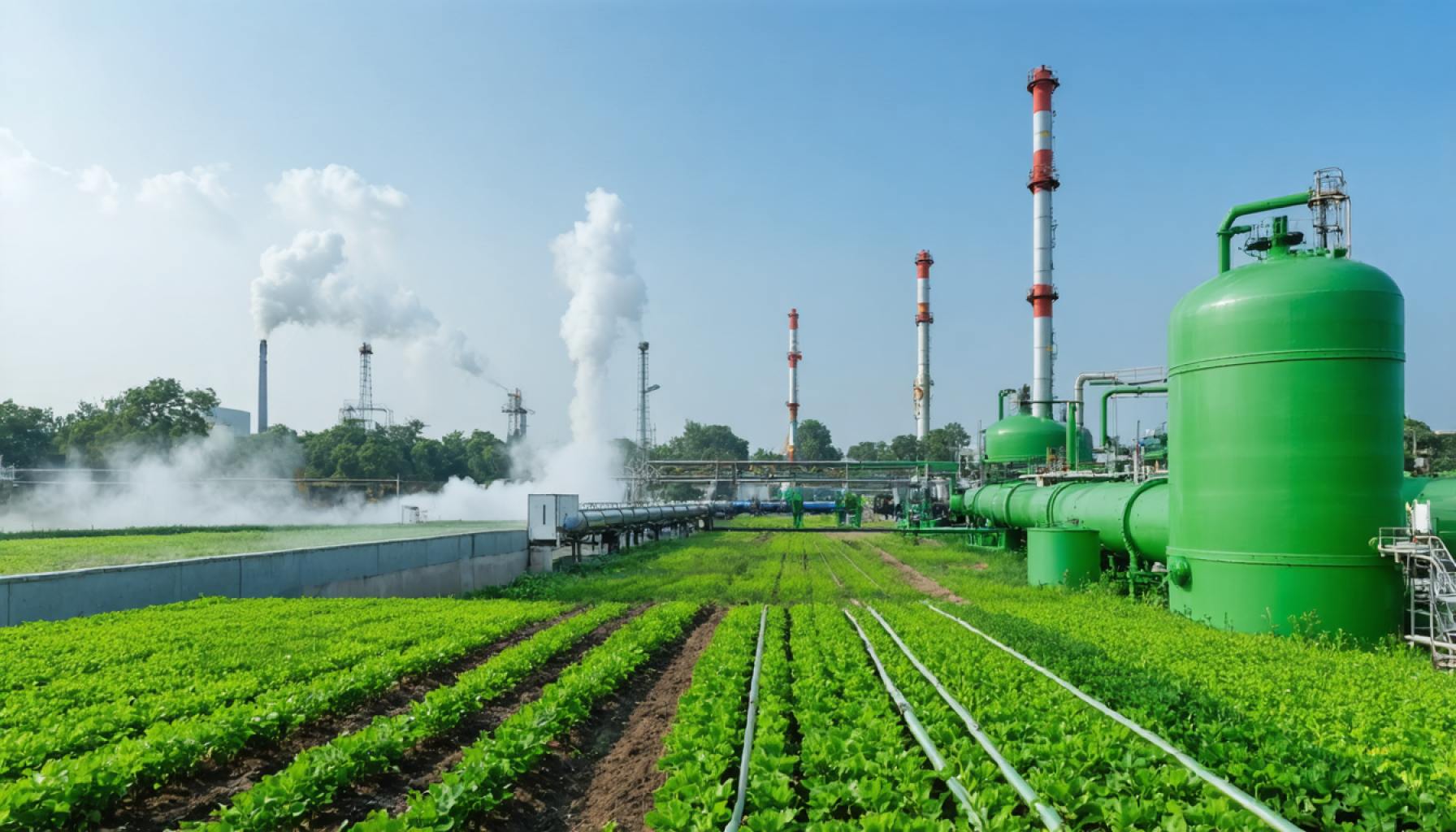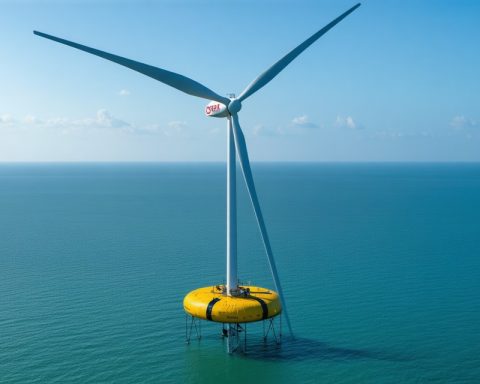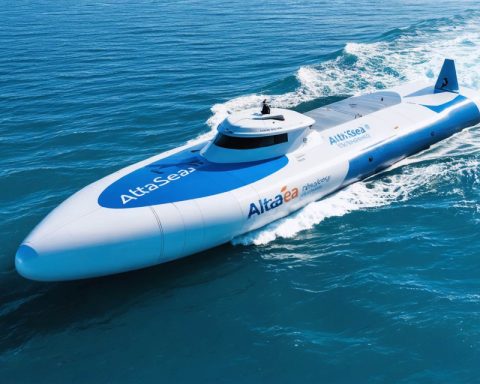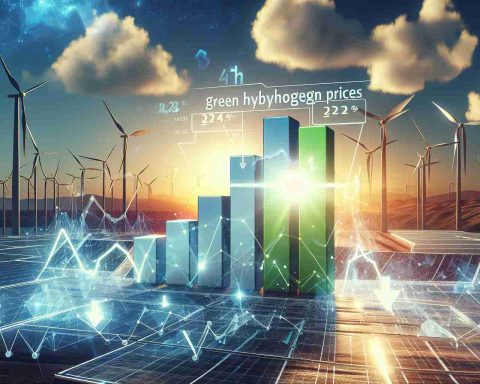- India is poised to become a global leader in green hydrogen production, leveraging its vast solar and wind resources.
- The nation aims for a 24/7 renewable energy supply to make green hydrogen cost-competitive.
- Challenges remain in reducing production costs, currently around $5 per kilogram, despite significant efforts from the National Green Hydrogen Mission.
- India’s potential to decarbonize industries such as steel and shipping is significant if aligned with policies and global partnerships.
- Companies like Gentari are investing in ambitious projects to strengthen India’s renewable energy infrastructure, particularly in green ammonia production.
- Gentari’s use of India’s 6 GW renewable capacity demonstrates integration into a larger clean energy framework.
- India is rapidly advancing in the green hydrogen sector, positioning itself as a key player in the global market.
India stands on the brink of an energy revolution, uniquely positioned to become a powerhouse in green hydrogen production. With its sweeping plains dotted with solar panels and gusts of wind driving turbines along its coastlines, the nation could soon lead the charge in sustainable energy solutions. At the heart of this movement is the relentless push for a 24/7 renewable energy supply, a linchpin in making green hydrogen truly competitive.
In the modern energy landscape, scaling up green hydrogen is akin to orchestrating a symphony. Everything must harmonize—from optimizing electrolyzers to ensuring smooth transportation logistics—in order to bring down costs currently hovering around $5 per kilogram. Yet, challenges remain. Despite India’s National Green Hydrogen Mission efforts, the journey has been gradual, echoing the early trajectory of solar energy.
The narrative is clear: India’s potential in decarbonizing industries like steel and shipping is immense. Policies that interlace with global partnerships and abundant natural resources could transform the country into a vanguard of clean energy. Companies like Gentari are already planting seeds for this green hydra-headed growth, with ambitious projects in Tamil Nadu and Karnataka hinting at an era where green ammonia fuels our needs sustainably.
With robust infrastructure and collaborations, Gentari plans to harness the country’s 6 GW renewable capacity, integrating it seamlessly into a larger green framework. By powering green ammonia facilities with projects that promise uninterrupted power, India not only addresses its energy demands but also positions itself as a beacon in the global green hydrogen economy.
The imminent takeaway: the green hydrogen ecosystem may be nascent, but India is sprinting at the forefront—ready to leap when the technology hits its stride.
Why India’s Green Hydrogen Revolution Could Transform Global Energy
How-To Steps & Life Hacks: Scaling Up Green Hydrogen in India
1. Optimize Electrolyzers: Currently, the efficiency of electrolyzers, which split water into hydrogen and oxygen using electricity, is pivotal. Improvements in membrane technology and catalysts could boost efficiency, which is essential in reducing costs.
2. Leverage Renewable Energy: With India’s capacity for solar and wind energy, tapping into these resources for green hydrogen production can ensure a constant and clean energy supply, making it cost-competitive against fossil fuels.
3. Government Policies: Understand and align with government schemes, such as subsidies and infrastructure investments, which are crucial for offsetting initial setup costs and encouraging industry participation.
4. Global Partnerships: Form alliances with leading international entities to facilitate technology transfer and investment, ensuring the deployment of cutting-edge technologies in hydrogen production.
5. Infrastructure Development: Invest in up-to-date infrastructure for hydrogen storage and transportation, which can mitigate potential bottlenecks in distribution.
Real-World Use Cases
– Decarbonizing Industries: Sectors like steel production and shipping have heavy carbon footprints. By employing green hydrogen, India could significantly reduce emissions and set a global standard.
– Transportation: Development of hydrogen fuel cells for vehicles could revolutionize India’s automobile industry, providing an alternative to traditional fossil fuels.
– Energy Storage: Hydrogen’s role as an energy carrier makes it ideal for storing excess energy generated from renewable sources, thereby balancing supply and demand.
Market Forecasts & Industry Trends
According to the International Energy Agency (IEA), global hydrogen demand is projected to increase sixfold by 2050, with India poised to capture a significant share. The Indian government’s National Green Hydrogen Mission aims to produce 5 million tons of green hydrogen by 2030, indicating substantial growth potential.
Security & Sustainability Considerations
Security: Emphasizing secure production sites and robust transport measures is crucial in handling hydrogen due to its flammable nature.
Sustainability: Innovating water-efficient electrolysis processes will be necessary, especially in regions with limited water resources, which are essential for sustainable hydrogen production.
Features, Specs & Pricing
Cost: Current production costs for green hydrogen are approximately $5 per kilogram. Advances in technology and economies of scale are expected to reduce these costs to $1-$2 per kilogram by 2030.
Technological Specs: Modern electrolyzers are being designed with enhanced durability and efficiency to optimize production processes, with many capable of generating hydrogen using input power directly from renewable sources.
Pros & Cons Overview
Pros:
– Environmental Benefits: Significantly reduces greenhouse gas emissions.
– Energy Independence: Reduces reliance on imported fossil fuels.
– Economic Growth: Drives investment and job creation in the renewable sector.
Cons:
– High Initial Costs: Significant capital required for setup.
– Technological Hurdles: Current technology needs to advance for efficiency gains.
– Water Requirement: High consumption in production processes.
Actionable Recommendations
– Policy Advocacy: Engage with policymakers to ensure favorable regulations for hydrogen production and use.
– Innovation Focus: Support research and development to enhance electrolyzer efficiency and reduce costs.
– Infrastructure Investments: Prioritize infrastructure development for hydrogen storage and distribution.
Quick Tips
– Stay Informed: Follow industry news and updates from credible organizations like the International Renewable Energy Agency (IRENA) and International Energy Agency.
– Collaborate: Engage with global firms to leverage technological advancements in the hydrogen sector.
India’s vision extends beyond national benefit, embracing a global role in the sustainable energy transition. By harnessing its vast resources and implementing strategic policies, India stands ready at the forefront of the green hydrogen wave, making significant strides towards a sustainable future.














